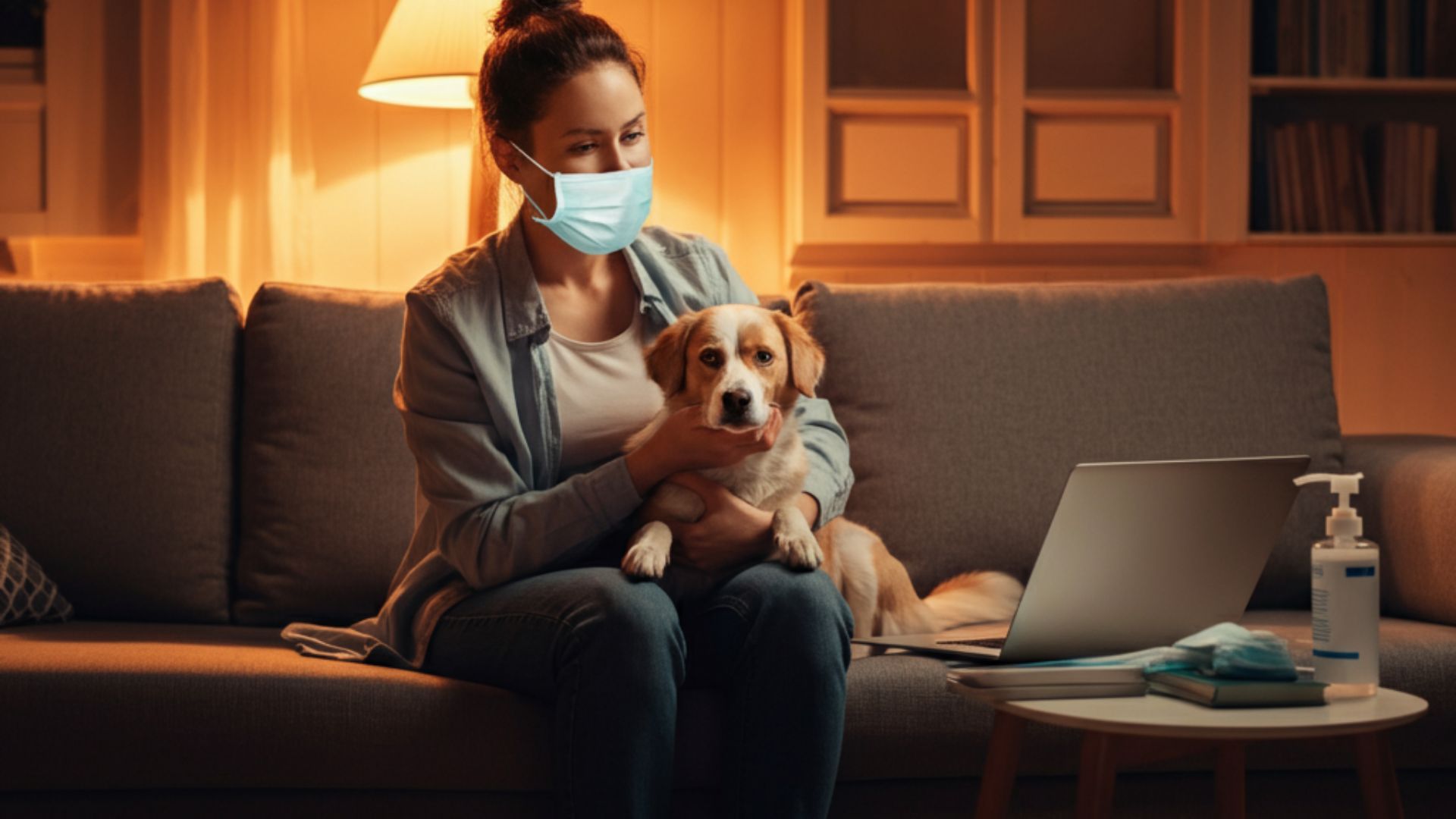Pet Insurance Market Growth Accelerates: A Look Ahead
When most people think about insurance, their minds turn to health, auto, or homeowners’ coverage. But a fast-emerging segment is poised to redefine the industry—and it’s for our furry friends. The pet insurance market is rapidly expanding, reflecting a growing trend in how people prioritize their pets’ health. According to Metatech Insights, this market generated $10.8 billion in premiums in 2024 and is set to soar to $38.3 billion by 2035 at an annual growth rate of 12.2%. This dramatic shift highlights not only the increasing financial importance of pet care but also an untapped market that insurers, big and small, are eager to explore.
Can Insurance Agents Offer Pet Insurance?
The strength of the pet insurance market has become impossible to ignore, with heavyweight insurers like Allstate and State Farm stepping into the fold. These companies, known for their extensive P&C portfolios, have shifted focus to cater to the growing demand for pet insurance—a move that signifies the market’s mainstream acceptance.
Allstate’s Entry into Pet Insurance
Allstate has streamlined its entry into this competitive space by offering customizable pet insurance policies. Partnering with a third-party provider, Allstate enables customers to tailor policies for their pets’ specific needs, covering services from routine checkups to major procedures. While details on the exact start date of their pet insurance offering remain unclear, the program is designed with simplicity in mind, allowing customers to obtain quotes and purchase policies directly online.
Unlike traditional property or auto coverage, Allstate does not seem to offer pet insurance policies directly through its network of agents. This online-only setup aligns with trends seen across the industry, where most pet insurance purchases occur through digital platforms, offering convenience and efficient claim management.
State Farm’s Growing Role
The largest US P&C company also provides pet insurance through collaborations with external insurers. Policies are generally described as providing a range of coverages similar to those seen in the broader market. Whether purchased through agents or online, State Farm’s approach underscores the growing normalization of pet coverage alongside traditional insurance products.
Bridging Traditional and Digital Insurance Models
What makes the entry of these established names particularly notable is their ability to bridge traditional and digital insurance models. While State Farm and Allstate still maintain their robust agent networks for other policy lines, their approach to pet insurance heavily leans into user-friendly, online platforms. For customers, this digital-first strategy offers the advantage of ease of use but raises questions about accessibility for those who prefer face-to-face interactions with agents.
The involvement of these major insurance companies in the sector marks an important milestone. It indicates that pet insurance has moved from being a niche product to an integrated component of the broader insurance industry. However, this shift also emphasizes the need for consumer education—ensuring policyholders understand the specifics of their coverage options and how to maximize their benefits.
Other Property and Casualty Companies Entering the Pet Insurance Market
The potential for high growth with strong profitability is motivating other P&C insurers to enter the pet insurance market. Companies like MetLife and Aflac have been particularly proactive. MetLife’s acquisition of PetFirst allows it to tap into this expansive market via employer benefit packages, reflecting a broader trend where more companies are including pet insurance as a perk to attract talent.
Aflac, meanwhile, is showcasing innovation by integrating pet policies into its portfolio and offering them alongside its flagship products. Both companies have hinted at how a surge in pet ownership combined with rising veterinary costs aligns with their strategies to offer financial resilience to consumers. Trupanion, a leader in the space, has boasted a robust 30-40% internal rate of return on its policies, capturing the attention of investors and competitors alike.
The Factors Behind the Boom
The market expansion can be attributed to several key trends. First, pet ownership surged during the pandemic, with roughly 70% of U.S. households now owning at least one pet. These pets, often considered family members, are receiving better care than ever, with many owners prioritizing wellness plans and advanced medical treatments. Unfortunately for owners, the cost of healthcare for pets is rising just as quickly, leading to demand for flexible financial solutions.
Second, as the pet insurance market matures, insurers have developed customizable policies. For example, some plans allow pet owners to select coverage levels, set deductibles, and even add wellness care—providing options for budgets of all sizes. Digital platforms and telemedicine tools have also improved access to tracking claims and finding affordable care options.
However, challenges remain, including high premiums and varying policy terms, both of which can deter pet owners from purchasing coverage. New entrants to the market will need to address these issues to remain competitive.
A Glimpse Into the Future for P&C Insurance Agents
The pet insurance market still holds significant potential. With just 2-3% of pets in North America insured—a fraction of the rates seen in Europe, where 25%-40% of pets have coverage—there is substantial room for growth. Additionally, the ability to integrate pet insurance into broader group benefit programs could help improve affordability through employer-sponsored plans.
Looking ahead, the evolution of the pet insurance market offers not just an opportunity for insurance companies but for P&C insurance agents to meet growing demand to connect with their clients in a meaningful way. While it’s true that selling pet insurance might not yet come with compensation or the usual industry accolades, it opens the door for something even more valuable—trust.
By stepping up to educate your pet-loving clients about their coverage options, you offer guidance on a product that directly impacts their furry family members. This simple act of care can go a long way in building stronger relationships and creating a standout consumer experience. After all, the conversations you start today about protecting pets can foster a lifetime of loyalty.
The growing adoption of pet insurance isn’t just a fleeting trend—it’s a reflection of how much people value their pets as part of their families. By taking part in this movement, you’re doing more than selling a policy—you’re solidifying your role as a trusted advisor in a space that truly matters to your clients. Now’s the time to make that impact, one paw print at a time.


